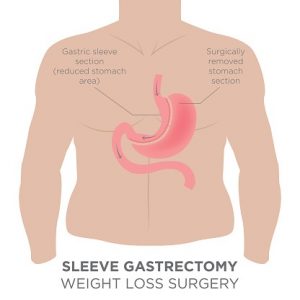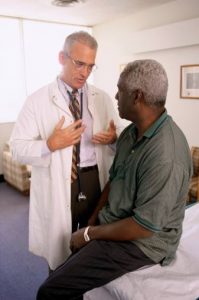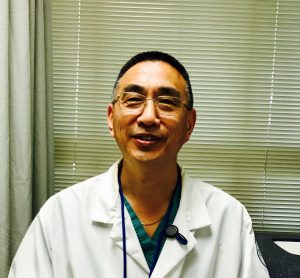June is Fireworks Safety Month and with July 4th holiday approaching, Flushing Hospital Medical Center wants everyone to know the potential dangers associated with these explosives that we so closely associate with Independence Day.
Fireworks are ILLEGAL in New York State, and are extremely dangerous when they are not being used by a professional. They burn at extremely high temperatures and can rapidly burn through clothing and skin. Items such as sparklers are mistakenly thought to be safe, but they are actually quite dangerous.
In states where it is legal to purchase and operate fireworks, please be sure to follow the following safety tips:
- Never allow young children to handle fireworks
- Older children should use them only under the close supervision of an adult
- Never light fireworks indoors
- Only use them away from people, houses and flammable material
- Do not try to re-light or handle malfunctioning fireworks
- Soak unused fireworks in water for a few hours before discarding
- Keep a bucket of water nearby to fully extinguish fireworks in case of fire
This year, have a safe Fourth of July and leave the firework displays to the trained professionals. If you have questions about fireworks displays and safety, you can visit The National Council on Firework Safety webpage at http://www.fireworksafety.org. Take the test and learn just how much you know about fireworks safety.
All content of this newsletter is intended for general information purposes only and is not intended or implied to be a substitute for professional medical advice, diagnosis or treatment. Please consult a medical professional before adopting any of the suggestions on this page. You must never disregard professional medical advice or delay seeking medical treatment based upon any content of this newsletter. PROMPTLY CONSULT YOUR PHYSICIAN OR CALL 911 IF YOU BELIEVE YOU HAVE A MEDICAL EMERGENCY.










